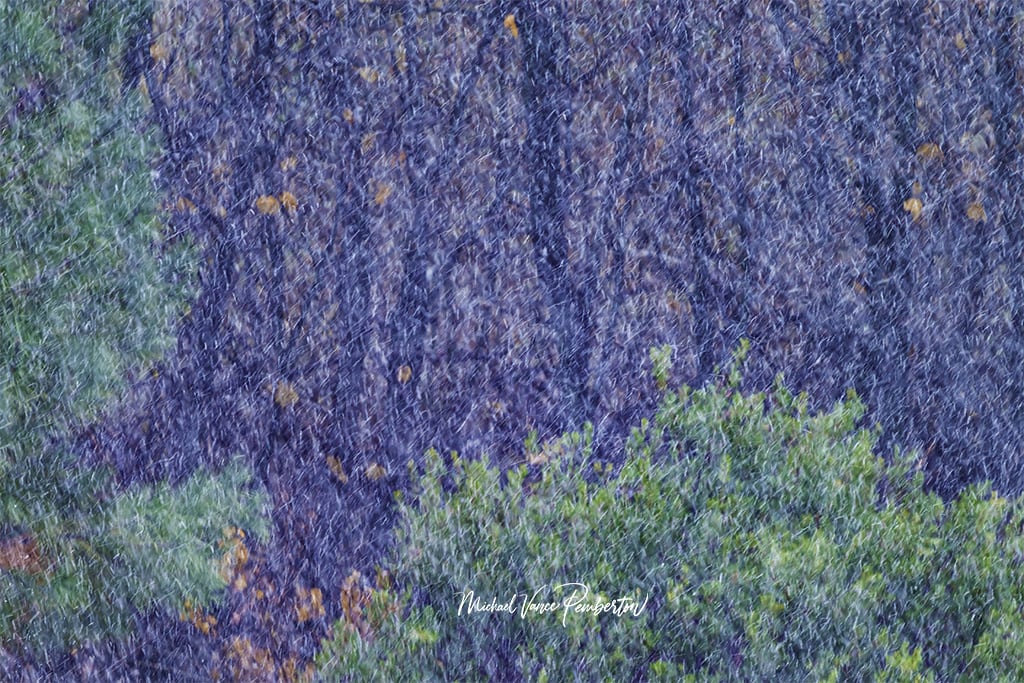
Photography is a powerful art form that lets individuals freeze moments in time, immortalizing them through captivating and meaningful images. It serves as a medium of expression, allowing photographers to showcase their unique perspectives, creativity, and emotions. By mastering the basics of photography, practitioners can elevate their work to new heights, transforming ordinary scenes into extraordinary visual narratives that leave a lasting impression on viewers.
To delve deeper into the world of photography, several key elements must be considered. Firstly, understanding composition is vital. Composition involves arranging elements within the frame, including subjects, lines, shapes, colors, and textures.
A well-composed photograph guides the viewer’s eye, creates a sense of balance and harmony, and effectively conveys the intended message. Learning composition techniques such as the rule of thirds, leading lines, symmetry, and framing empowers photographers to craft visually pleasing and impactful images.
Lighting is another fundamental aspect of photography. How light interacts with a subject can dramatically affect a photograph’s mood, atmosphere, and overall quality. Observing and harnessing natural light allows photographers to manipulate its intensity, direction, and temperature to create stunning visual effects. Similarly, the skillful use of artificial lighting, such as flash or studio lighting, opens up endless possibilities for capturing subjects in different settings and achieving desired outcomes.
Mastering exposure is essential for achieving optimal image quality. Exposure refers to the amount of light that reaches the camera’s sensor, and it is controlled by three main factors: aperture, shutter speed, and ISO sensitivity.
Balancing these elements correctly ensures that the image is neither too bright nor too dark, preserving details in highlights and shadows. Understanding exposure empowers photographers to creatively manipulate the light and make intentional choices to convey their artistic vision.
Focus and depth of field play significant roles in photography. Selecting the correct focus point and managing the depth of field allows photographers to draw attention to specific subjects, create a sense of depth, and separate the subject from the background. By controlling what is in focus and what is blurred, photographers can effectively guide the viewer’s gaze and evoke emotions.
Perspective and angle are additional elements that can significantly enhance the impact of a photograph. Photographers can offer fresh and engaging perspectives by exploring different viewpoints and angles. Experimenting with low or high angles, changing physical positions, or capturing unique vantage points can result in visually striking and thought-provoking images that stand out from the crowd.
Timing and patience are virtues in photography. Often, capturing the perfect moment requires anticipation, waiting for the ideal light, or being patient enough to capture spontaneous actions or expressions. Recognizing and seizing those fleeting instants allows photographers to create images that convey authenticity, emotion, and a sense of storytelling.
Finally, post-processing is an essential step in the digital age of photography. Software tools like Adobe Lightroom or Photoshop allow photographers to further refine and enhance their images. Adjustments in cropping, white balance correction, exposure tweaking, color grading, and selective editing can bring out the full potential of a photograph.
Post-processing is a creative extension of the initial capture, enabling photographers to fine-tune their vision and create a finished product that aligns with their artistic intent.
By understanding and mastering these critical elements of photography, practitioners can elevate their work from snapshots to powerful visual statements. However, it’s important to remember that photography is a continuous journey of learning and growth. As photographers develop their skills, they cultivate their unique style and vision, evolving as artists and storytellers. Embracing experimentation, studying the works of accomplished photographers, and seeking constructive feedback from peers and mentors contribute to developing one’s photographic abilities.
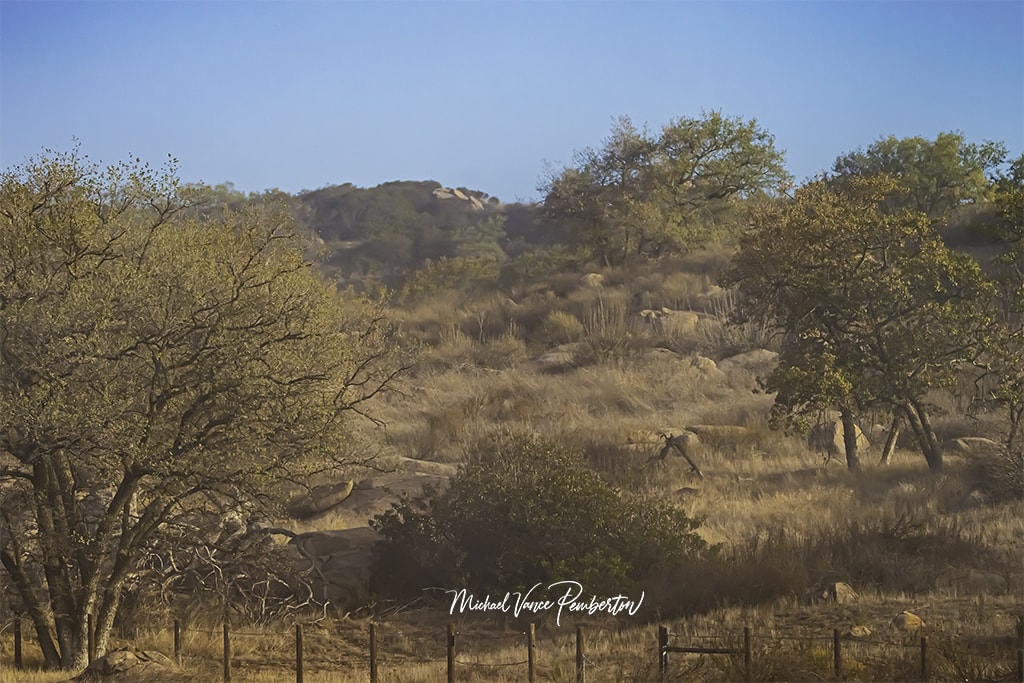
Composition:
Composition is the art of arranging various visual elements within the frame of a photograph to create a visually pleasing and meaningful image. It involves thoughtful placement and organization of subjects, objects, lines, shapes, colors, and textures to engage the viewer’s eye, evoke emotions, and effectively convey the photographer’s intended message.
A well-composed image has the power to captivate viewers and hold their attention. By utilizing composition techniques, photographers can guide the viewer’s gaze, leading them through the photograph deliberately and engagingly. This ensures that the image’s main subject or focal point is emphasized, while secondary elements provide supporting context or visual interest.
One commonly used technique in composition is the rule of thirds. This guideline suggests dividing the image into nine equal parts using two horizontal and two vertical lines and then placing the key elements along these lines or at their intersections.
This helps create a balanced and harmonious composition, as subjects are not centered but positioned off-center, adding dynamism and visual interest to the image.
Leading lines are another powerful compositional tool. These lines or shapes within the frame naturally draw the viewer’s eyes toward the main subject or a specific area of interest. Photographers can establish a visual pathway that enhances the overall composition and guides the viewer’s attention by incorporating leading lines, such as roads, rivers, fences, or architectural elements.
Symmetry is an aesthetic principle that can create a sense of balance and harmony in a photograph. It involves mirroring or aligning elements on either side of the frame to create a pleasing visual equilibrium. Symmetry can be found in natural patterns, architectural structures, reflections, or even in the arrangement of subjects within the frame. When employed effectively, symmetrical compositions can convey a sense of order and serenity or evoke awe.
Framing is a technique that involves using elements within the scene to create a frame around the subject. This can be achieved through natural elements like trees, archways, windows, or even human-made structures. The framing adds depth and context to the photograph while drawing the viewer’s attention to the subject. It can also create a sense of immersion as if the viewer is peeking into a private or hidden world.
In addition to these specific techniques, other compositional considerations include placing elements about the frame’s edges, using negative space to emphasize the subject, carefully arranging colors and tones to create visual harmony, and incorporating patterns or textures for added visual interest.
Mastering composition requires both technical knowledge and a creative eye. By understanding the principles and techniques of composition, photographers can consciously and deliberately arrange elements within the frame to create visually appealing and impactful images. However, it is essential to remember that rules of composition are not rigid guidelines but tools that can be selectively applied and even broken creatively to achieve unique and compelling compositions.
Experimentation, practice, and developing a personal style will ultimately help photographers refine their compositional skills and create images that resonate with viewers on a deeper level.
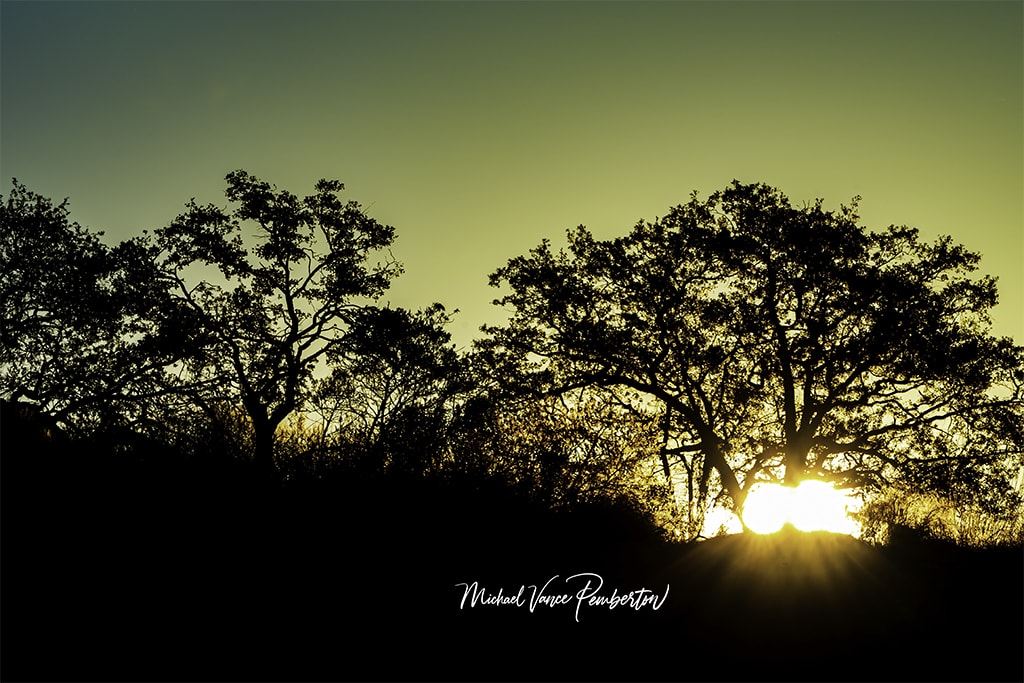
Lighting:
In photography, light is an essential component and a powerful tool that can make or break an image. Understanding and harnessing the potential of light is crucial for photographers to create visually compelling and impactful photographs.
Different lighting conditions, whether natural or artificial, can dramatically transform an image’s mood, atmosphere, and overall quality.
When working with natural light, photographers must learn to observe and analyze its characteristics in various situations. The intensity, direction, color temperature, and quality of natural light vary depending on the time of day, weather conditions, and geographical location. By carefully observing these elements, photographers can make informed decisions on using and manipulating light to their advantage.
Controlling natural light involves positioning the subject about the light source and modifying the exposure settings accordingly. Backlighting is a technique where the primary light source is placed behind the subject, creating a halo effect and adding depth and drama to the photograph.
This technique can create silhouettes or highlight the subject’s outline against a glowing background.
On the other hand, side lighting involves positioning the light source to the subject’s side. This creates strong shadows, accentuates textures, and adds dimension and shape to the image. Side lighting effectively portrays form and adds drama to portraits or still-life photography.
Golden hour photography refers to capturing images during the first hour after sunrise or the last hour before sunset when the sunlight is softer and warmer. During these times, the sun’s angle creates a smooth, diffused light that bathes the scene in a warm, golden glow. This magical light can enhance the mood, create tranquility, and create a captivating atmosphere in the photograph.
In addition to natural light, photographers often utilize artificial lighting to achieve their desired results. Artificial lighting can be introduced through external flashes, strobes, continuous lights, or studio setups.
This gives photographers full control over light’s intensity, direction, and quality in a controlled environment.
By understanding how to effectively use artificial lighting, photographers can overcome challenging lighting conditions, such as low-light situations or indoor environments with insufficient natural light. They can also experiment with different lighting setups to create specific moods, highlight details, or add a touch of creativity to their images.
Ultimately, the mastery of light in photography involves combining technical knowledge, observation skills, and artistic vision. It requires the ability to assess the available light, make informed decisions about exposure settings, and creatively manipulate light to evoke the desired emotions and enhance the overall impact of the photograph. Continuous practice, experimentation, and a keen eye for light will enable photographers to effectively utilize this powerful element and elevate their images’ quality and visual storytelling.

Exposure:
Exposure is a fundamental concept in photography that directly affects an image’s brightness and overall quality. It refers to the amount of light that enters the camera’s sensor, and achieving proper exposure is crucial for capturing well-balanced and visually pleasing photographs.
To control exposure, photographers need to balance three key factors: aperture, shutter speed, and ISO sensitivity.
Aperture, represented by an f-number, refers to the size of the lens opening through which light passes.
A wider aperture (lower f-number) allows more light to enter the camera, while a narrower aperture (higher f-number) restricts the amount of light. Controlling the aperture also affects the depth of field, which determines the range of sharpness from the foreground to the background. By adjusting the aperture, photographers can creatively control the mood and emphasize the subject by blurring the background (wide aperture) or keeping everything in focus (narrow aperture).
Shutter speed, measured in fractions of a second, determines how long the camera’s shutter remains open, exposing the sensor to light. A faster shutter speed (such as 1/1000s) freezes motion, while a slower shutter speed (such as 1/30s) allows motion blur.
Choosing the appropriate shutter speed depends on the desired effect and the movement in the scene. For instance, fast shutter speeds are ideal for capturing action shots, while slower speeds can create a sense of motion or emphasize the passage of time.
ISO sensitivity refers to the camera’s sensor’s sensitivity to light. A lower ISO setting (e.g., ISO 100) is less sensitive and requires more light for proper exposure. A higher ISO setting (e.g., ISO 1600) is more sensitive and can capture images in low-light conditions but may introduce noise or grain.
Balancing ISO sensitivity is crucial to minimize image noise and maintain good detail and color reproduction.
When properly managed exposure, images exhibit a well-distributed range of tones, with details visible in the highlights, shadows, and mid tones. This ensures accurate color reproduction and preserves essential elements, producing high-quality photographs. Understanding exposure allows photographers to have greater control over the tonal values in their images, enabling them to convey the desired mood, depth, and overall impact.
By manipulating exposure settings creatively, photographers can emphasize certain elements, create a sense of drama or tranquility, or evoke specific emotions.
It is worth noting that exposure can be challenging in situations with extreme lighting conditions, such as high-contrast scenes or low-light environments. In these cases, bracketing (capturing multiple exposures) or using graduated neutral density filters can help overcome exposure challenges and ensure well-exposed images.
Mastering exposure requires combining technical knowledge, practice, and a keen understanding of the scene’s lighting conditions. By experimenting with different combinations of aperture, shutter speed, and ISO settings, photographers can develop their skills in achieving optimal exposure and harnessing the full potential of their cameras.
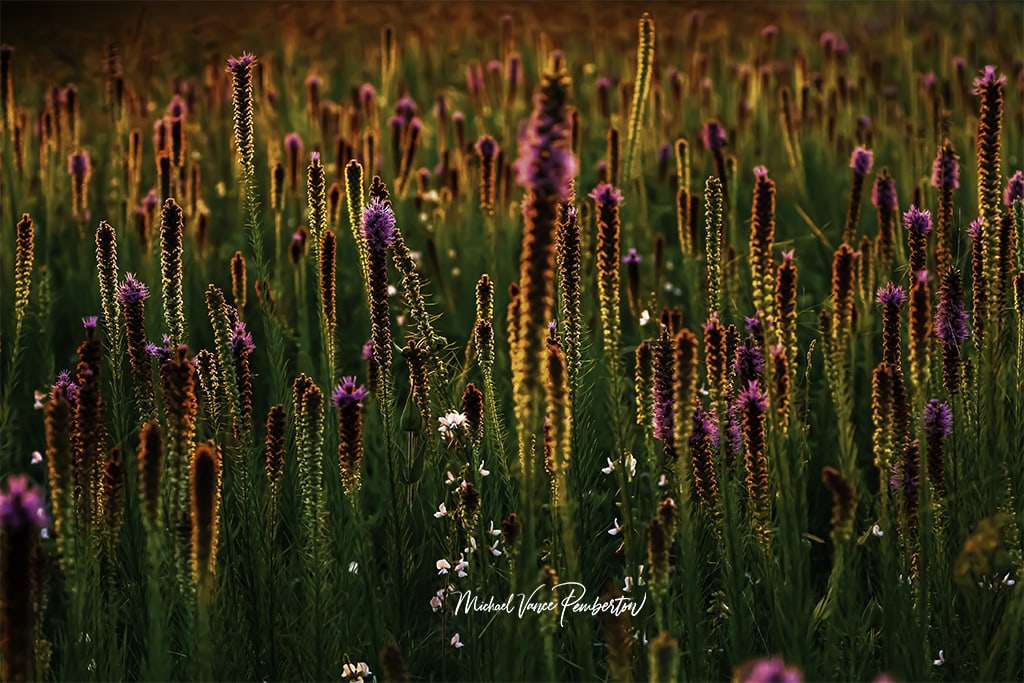
Focus and Depth of Field:
Selecting the correct focus point and managing depth of field are essential aspects of photography that significantly influence the overall impact of an image. They allow photographers to precisely control which elements are in sharp focus and which are blurred, directing the viewer’s attention and creating a sense of visual hierarchy.
Depth of field refers to the area in an image that appears acceptably sharp. It is determined by the combination of aperture, focal length, and the distance between the camera, subject, and background. Understanding how to control the depth of field empowers photographers to deliberately create specific effects and aesthetics.
A shallow depth of field, achieved by using a wide aperture (small f-number), allows the photographer to isolate the subject from the background by blurring the surrounding elements. This technique directly draws the viewer’s attention to the subject, separating it from distractions and creating a pleasing background bokeh. Shallow depth of field is commonly used in portrait photography, where the subject is in sharp focus while the background melts away into a soft, dreamy blur.
On the other hand, a deep depth of field is achieved by using a narrow aperture (large f-number) and is characterized by keeping most or all elements in the frame in sharp focus, from the foreground to the background. This technique is useful in landscape photography or when photographers want to capture intricate details throughout the scene.
Deep depth of field allows for maximum clarity and ensures that all elements within the frame are sharp and well-defined.
Proper focusing techniques ensure the subject of interest is sharp and focused. Autofocus systems in modern cameras have various modes, such as single-point or continuous autofocus, which allow photographers to select specific focus points or track moving subjects accurately.
By carefully choosing the appropriate focus point and ensuring it aligns with the subject, photographers can achieve precise focus and ensure that the intended subject is tack sharp.
In addition, to focus point selection, manual focus can be advantageous in certain situations, such as when working with challenging lighting conditions or using specialized lenses. Manual focus gives photographers full control over the focus point, ensuring sharpness where desired.
Understanding and effectively utilizing focus points and depth of field allow photographers to create images that convey their artistic vision and guide the viewer’s gaze. By intentionally choosing between what is in focus and what is blurred, photographers can evoke different emotions, highlight specific details, or isolate subjects to tell a compelling visual story. Combined with proper focusing techniques, these skills ensure that the subject of interest is sharp, well-defined, and visually engaging.
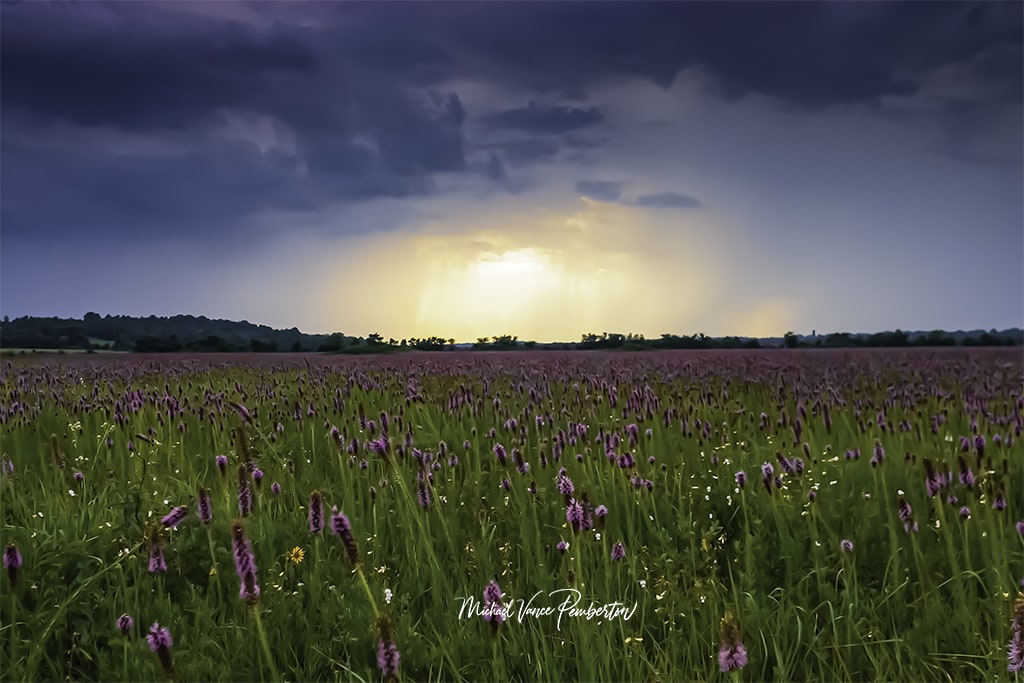
Perspective and Angle:
Exploring different perspectives and angles in photography is a powerful technique that allows photographers to add interest, uniqueness, and visual impact to their images. By breaking away from the conventional eye-level view, photographers can present subjects in new and exciting ways, offering viewers a fresh perspective and engaging their curiosity.
One way to achieve this is by experimenting with low or high angles. A low angle involves positioning the camera below the subject, looking upwards. This perspective can create a sense of grandeur, making the subject appear larger, more imposing, or heroic.
Low angles are commonly used in architectural photography, emphasizing the height and scale of buildings, or in nature photography, where subjects like trees or animals appear more dominant in their environment.
Conversely, a high angle positions the camera above the subject, looking downwards. This perspective can provide a unique vantage point and offer a different narrative or compositional arrangement. High angles can convey a sense of vulnerability, a bird’s-eye view, or emphasize patterns, shapes, or interesting textures. This technique is often employed in aerial photography, cityscapes, or when photographing crowds from an elevated position.
Changing physical position is another effective way to explore different perspectives. Instead of relying on zooming in or out, photographers can physically move closer to or further away from the subject to alter the composition and create a different visual impact.
This technique allows for a more intimate or immersive experience, allowing the photographer to capture the subject in its environment or establish a stronger connection between the subject and the viewer.
Utilizing unique vantage points also contributes to adding interest to photographs.
By seeking unconventional viewpoints or elevated or hidden positions, photographers can capture scenes from perspectives rarely seen or experienced by others. This approach enables photographers to reveal hidden details, highlight unusual angles, or present familiar subjects differently.
It encourages creativity and helps images stand out from the crowd.
Photographers can elevate their compositions by exploring different perspectives and angles and offer viewers a fresh visual experience. It challenges the norms and allows for unique storytelling opportunities.
Whether it’s capturing a subject from a worm’s-eye view, getting close to the ground for a macro shot, or finding an elevated position for a sweeping landscape, experimenting with perspectives and angles expands the photographer’s artistic repertoire and enhances the overall impact of their photographs.
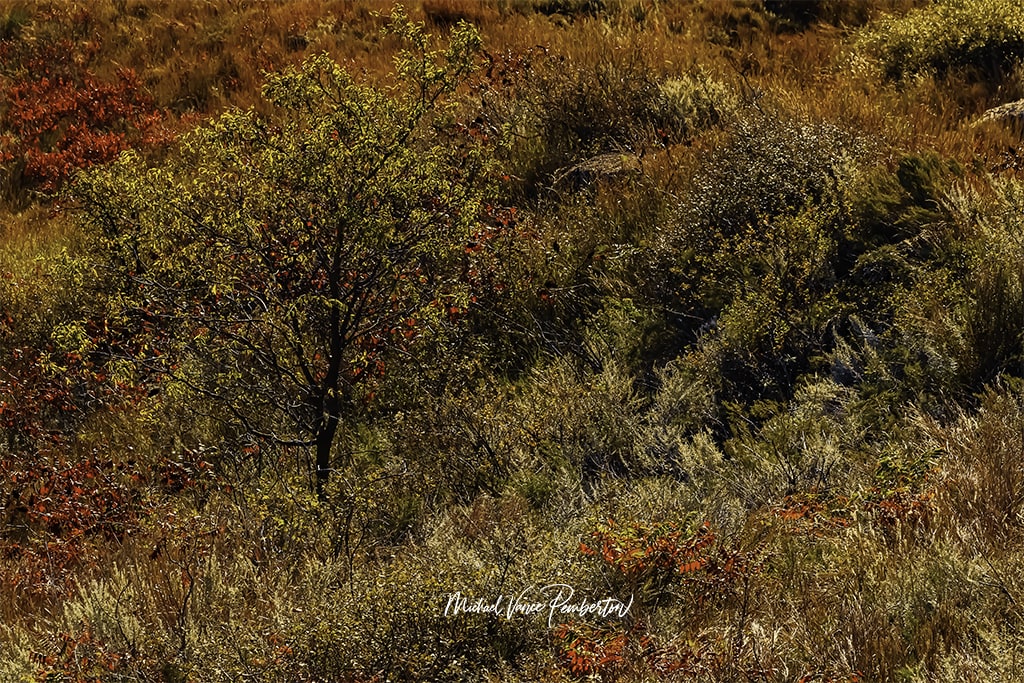
Timing and Patience:
Photography is an art form that demands patience and impeccable timing to capture the perfect moment. It goes beyond simply pressing the shutter button; it requires a keen eye, anticipation, and the ability to recognize fleeting opportunities that transform an ordinary scene into a powerful image.
One aspect that necessitates patience is anticipating actions or events. Whether photographing wildlife, sports, or even candid moments on the street, being attuned to the subject’s behavior or the environment allows photographers to predict and capture decisive moments.
By studying patterns, movements, and interactions, photographers can position themselves in the right place at the right time, ready to capture that split-second instant that tells a compelling story.
Another element that requires patience is waiting for the ideal light. Light plays a crucial role in photography, and different lighting conditions can dramatically affect an image’s mood, atmosphere, and overall quality.
Photographers often seek specific lighting conditions, such as the golden hour (early morning or late afternoon), when the light is soft and warm and casts long, flattering shadows. Waiting for the perfect light can significantly transform an ordinary scene into a breathtaking tableau.
During these moments, colors become vibrant, textures come to life, and the overall visual impact is elevated.
Additionally, capturing a fleeting expression or gesture can add depth and emotion to a photograph. Human expressions are transient, and the ability to recognize and capture those genuine, fleeting moments can result in robust and emotionally resonant imagery. It requires patience and observation to anticipate and be ready to press the shutter at the precise moment when a smile, a tear, or an intense gaze emerges, freezing that emotion forever.
Being patient and observant enables photographers to capture the essence of a scene. It allows them to see beyond the obvious, notice the subtle details, and convey a story or emotion through their images. Patience will enable photographers to immerse themselves in the surroundings, notice the interplay of light and shadow, embrace the stillness or the chaos, and document the moments that might otherwise go unnoticed.
Photographers can create compelling imagery that speaks volumes by patiently waiting, observing, and being in tune with the environment. They can capture moments imbued with authenticity, depth, and visual impact. Patience becomes the key to unlocking a scene’s hidden beauty and narrative, resulting in photographs that resonate with viewers and stand the test of time.
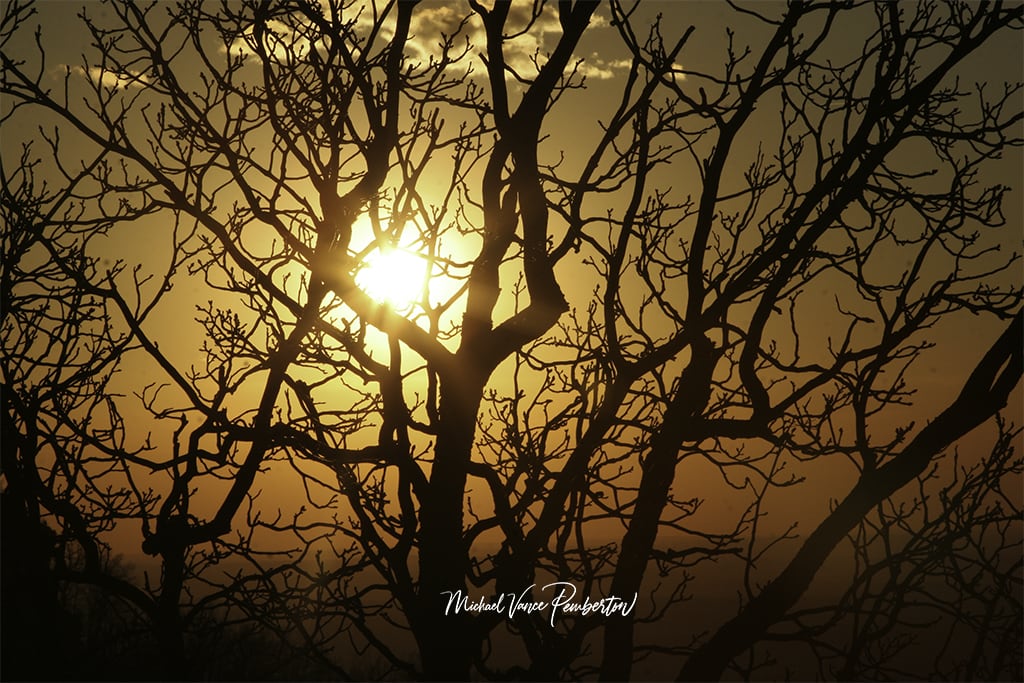
Post-processing:
While capturing an excellent photograph on camera is the foundation of producing compelling images, post-processing plays a crucial role in fine-tuning and elevating the final result. Post-processing refers to the adjustments and enhancements made to the image after it has been captured. It allows photographers to have creative control over the visual aspects of the photograph, making it a powerful tool in the modern digital era.
Basic adjustments in post-processing can significantly improve the overall quality of an image. Cropping, for instance, allows photographers to eliminate distractions, improve composition, or emphasize specific elements within the frame. By removing unnecessary elements or refining the composition, cropping can enhance the visual impact and direct the viewer’s attention to the intended subject or focal point.
Another essential adjustment is white balance correction, which ensures accurate color representation. Different lighting conditions can cast various color temperatures on the scene, leading to unwanted color casts. Post-processing software enables photographers to adjust the white balance and restore the natural color tones, creating a more realistic and visually pleasing image.
Exposure correction is another powerful tool in post-processing. It allows photographers to fine-tune the exposure settings, adjusting the brightness and contrast of the image. By carefully balancing the highlights, shadows, and mid-tones, photographers can ensure that the image retains details in bright and dark areas, resulting in a well-exposed photograph.
Contrast adjustment is a technique that enhances the tonal range and brings out the details and textures in an image. By adjusting the contrast, photographers can make the highlights brighter and the shadows darker, increasing the visual impact and adding depth to the photograph. This adjustment helps to create a more dynamic and captivating image.
Using post-processing software effectively is essential to bring out the best in photographs. Software like Adobe Lightroom, Photoshop, or similar tools provide various editing options and capabilities. Mastering these tools allows photographers to have precise control over their images, enabling them to refine the composition, fine-tune colors, adjust exposure, and enhance details. It will enable photographers to translate their creative vision into the final image.
However, it’s essential to approach post-processing with a balanced mindset. The goal is to enhance the image without over-processing or altering it beyond recognition. Maintaining the integrity of the original scene and preserving its authenticity should be a guiding principle during post-processing.
Ultimately, post-processing is a creative process that allows photographers to add the final touches to their images, refining and enhancing them to match their artistic vision. By effectively leveraging post-processing software’s capabilities, photographers can optimize the overall quality, correct imperfections, and create images that truly stand out and resonate with viewers.
Conclusion: Mastering the basics of photography takes time, practice, and experimentation. As you gain experience, you will develop your own style and preferences. Continuously exploring new techniques, studying the work of other photographers, and seeking constructive feedback can further refine your skills and help you develop as a photographer.


Recent Posts
In shadows cast by love's deceitful guise,He wandered blind, his heart the captive prize.Through realms unknown, where truth remained concealed,He followed trails of falsehood, unrevealed. Blinded...
Prepare to be amazed as the MCAS Cherry Point Air Show returns on May 11-12. This annual event, hosted by the Marine Corps Air Station (MCAS) Cherry Point in North Carolina, promises a weekend of...